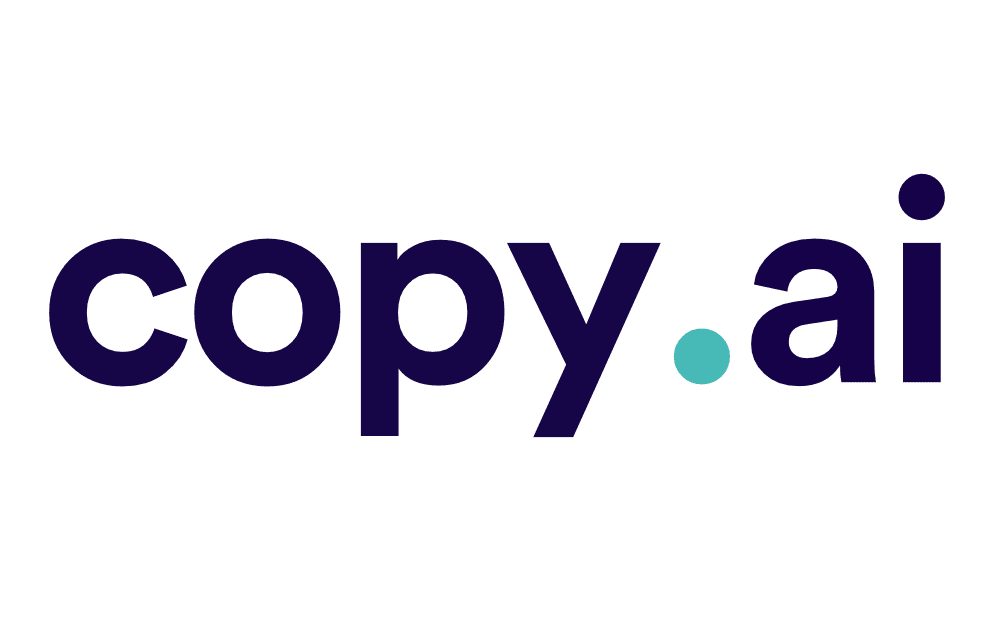Llama 2 is the newest AI model from Meta, and one of the most powerful of its kind. The name itself is an abbreviation of Large Language Model Meta Artificial Intelligence – a hint at its functionality for anyone familiar with ChatGPT. To truly know how to use Llama 2, however, here’s a step-by-step guide.
Where can you access Llama 2?
Llama 2 is available to download at request from Meta AI. It’s also accessible through hugging face – a repository for today’s llama models, providing a user-friendly platform for many of the worlds best AI models. Hugging Face hosts many different versions of Llama, and all of them could be considered chatbots (with one even named Llama 2-chat). Make sure to check “What is ChatGPT – and what is it used for?” as well as “What is Llama 2?“
Essential AI Tools

Content Guardian – AI Content Checker – One-click, Eight Checks

Jasper AI

WordAI

Copy.ai

Writesonic
On this Hugging Face webpage, select your preferred model and you’ll be asked to log in. Hugging Face does not bypass Metas sign-up process however, and will only allow full access “after you have been granted access from Meta.” prompting the user to “Please visit the Meta website and accept our license terms and acceptable use policy before submitting this form.”
Don’t give up here. There is a way to try it for yourself without all the red tape. Scroll down the page and there you’ll find what’s known as a “playground”. In programming, a playground is a user interface designed so that programmers can quickly test what they’re working on and iterate. It’s typically not public and doesn’t necessarily ‘look good’ but this one is free and easy to use, and doesn’t require a sign-up process!
How to use Llama 2
Llama, unlike it’s more well-known competitor GPT-4, doesn’t have an easily accessible public user interface.
Here are the two best ways to access and use the ML model:
- The first option is to download the code for Llama 2 from Meta AI.
- The second option is to try Alpaca, the research model based on Llama 2. It can be downloaded and used without a manual approval process here.
- Alternatively, as a Microsoft Azure customer you’ll have access to Llama 2 through the cloud-based service. This takes a lot of the technical work out of the process, but a paid subscription is required.
Despite this hurdle, Llama is at last open-source and free for commercial use. Open source language models are important because they allow third-party developers to provide human feedback. This means checking for potential issues much faster than the proprietary team has the bandwidth for. In addition, smaller companies simply don’t have the funds to train and sustain a comparable AI model. Fine-tuning a model with billions of parameters takes a great deal of compute power and financial resources. The AI development process can cost millions of dollars per day.
This open innovation approach allows the world as a whole to make the most of this costly ground work, building new apps and websites and user interfaces that call on the underlying LLM to perform a specific task. It also allows scrutiny of the underlying codebase and of the bias inherent in the dataset. Open source drives innovation, and this move from Meta CEO Mark Zuckerberg is a positive one for the landscape of the LLM Market.
What is Stanford Alpaca LLM? – Alpaca 7B
Alpaca 7B is a smaller, more efficient LLM intended for academia and research purposes, based on Meta’s foundation model LLaMA 7B. It has been trained on just 52K instruction-following demonstrations (relatively few). Despite this, it performs qualitatively similar to OpenAI’s GPT-3.5 (text-davinci-003). In the research paper co-authored by Stanford students Rohan Taori, Ishaan Gulrajani, and Tianyi Zhang, and Yann Dubois, Xuechen Li, Carlos Guestrin, Percy Liang, and Tatsunori B. Hashimoto, the tech is explained in greater detail. To paraphrase, Alapaca, just like ChatGPT, is a natural language text-based AI. Llama 2-chat models have shown great promise for academic applications due to their relatively truthfulness, and the lowest levels of toxicity of comparable models.
What’s different about Alpaca 7B?
In an official Meta blog post, the tech giant outlines the reasons why we see these positive characteristics in their model catalog. It assures that “there is still more research that needs to be done to address the risks of bias, toxic comments, and hallucinations in large language models. Like other models, LLaMA shares these challenges. As a foundation model, LLaMA is designed to be versatile and can be applied to many different use cases, versus a fine-tuned model that is designed for a specific task. By sharing the code for LLaMA, other researchers can more easily test new approaches to limiting or eliminating these problems in large language models. We also provide in the paper a set of evaluations on benchmarks evaluating model biases and toxicity to show the model’s limitations and to support further research in this crucial area.
To maintain integrity and prevent misuse, we are releasing our model under a noncommercial license focused on research use cases. Access to the model will be granted on a case-by-case basis to academic researchers; those affiliated with organizations in government, civil society, and academia; and industry research laboratories around the world. People interested in applying for access can find the link to the application in our research paper.”






